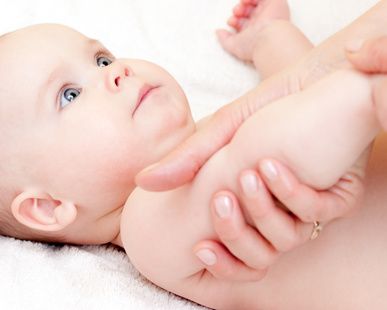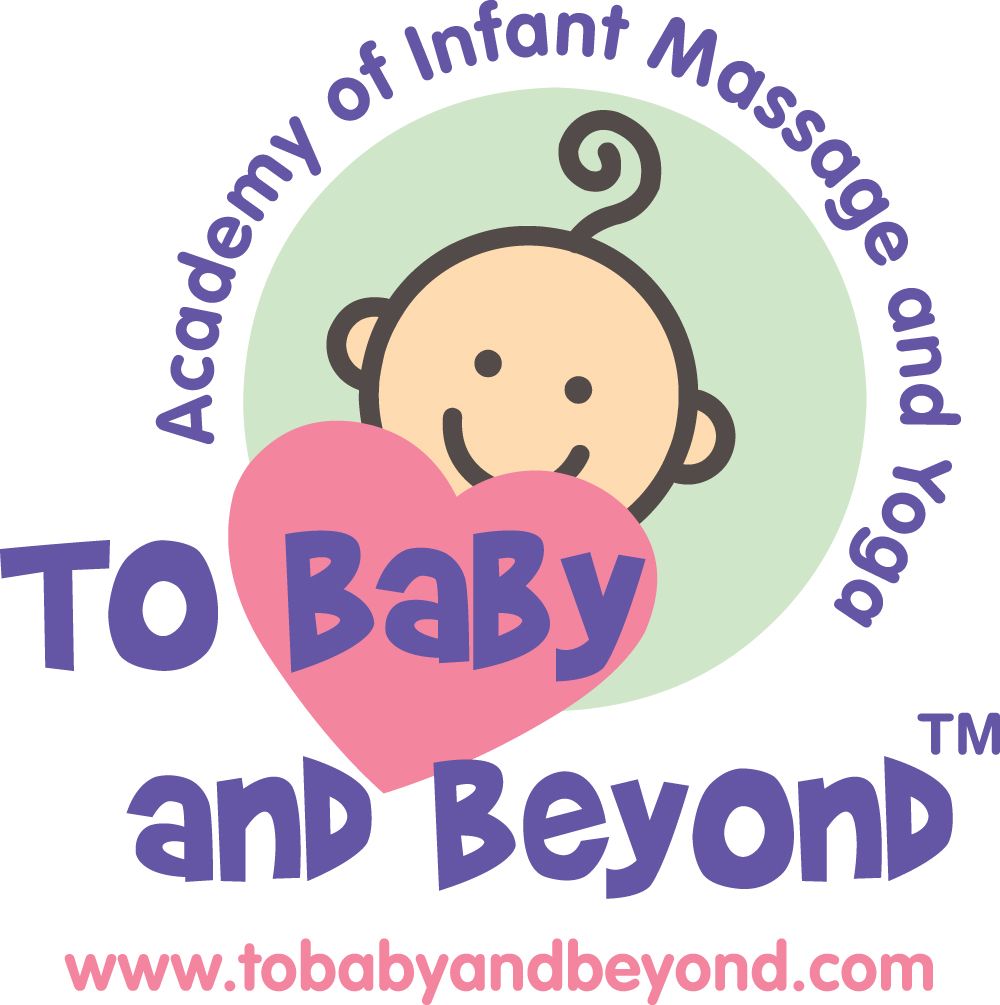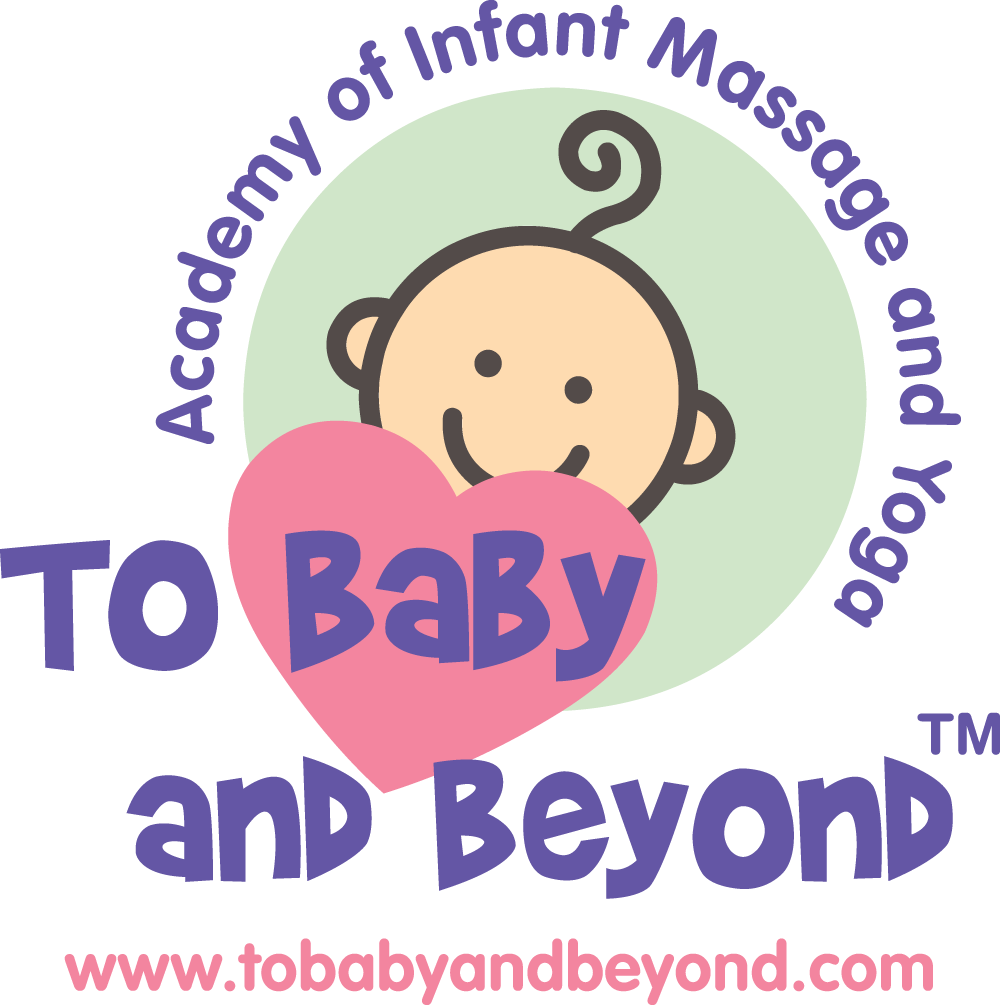What the Latest Research Tells Us
Recent studies published in early 2025 have uncovered compelling evidence that regular skin-to-skin contact significantly improves parental mental health, particularly during the challenging postnatal period.
A groundbreaking longitudinal study from University College London followed 300 families for six months after birth. Parents who practiced daily skin-to-skin contact for at least 30 minutes showed a remarkable 42% reduction in symptoms of postnatal depression and a 38% decrease in anxiety levels compared to the control group.
"What we're seeing is that skin-to-skin contact essentially creates a feedback loop of wellbeing between parent and child," explains Dr. Amira Patel, lead researcher on the study. "The physical connection triggers neuro-chemical responses that benefit both parties simultaneously."
The Science Behind the Magic
So what exactly happens during skin-to-skin contact that makes it so powerful? Several key mechanisms work together:
The Oxytocin Effect
Often called the "love hormone," oxytocin floods the system during skin-to-skin contact. This remarkable hormone:
- Reduces stress hormones like cortisol
- Promotes feelings of calm and wellbeing
- Strengthens emotional bonding
- Supports milk production in breastfeeding parents
- Helps the brain's reward centres associate baby care with positive feelings
Sensory Regulation
When parent and baby touch, their bodies begin to synchronise in fascinating ways:
- Heart rates align and stabilise
- Breathing patterns become more regular
- Body temperatures regulate
- Stress responses decrease
- Sleep patterns improve for both parent and baby
A particularly interesting finding from Manchester University shows that parents who practice regular skin-to-skin contact exhibit significantly lower levels of cortisol (the stress hormone) even during challenging parenting moments three months later, suggesting the practice may build long-term stress resilience. Mental Health Benefits for Parents
The mental health advantages of skin-to-skin contact are proving to be substantial and long-lasting:
Reduced Postnatal Depression Risk
Statistics show that about 1 in 7 mothers and 1 in 10 fathers experience postnatal depression in the UK. Regular skin-to-skin contact appears to act as a protective factor, with one study showing a 35% lower incidence among parents who practiced it consistently during the first month.
Anxiety Reduction
New parenthood can be overwhelming, but skin-to-skin contact activates the parasympathetic nervous system—our body's "rest and digest" mode—helping to calm racing thoughts and physical tension. Parents report feeling more centred and capable after these sessions.
Improved Sleep Quality
Despite having a newborn (not exactly known for promoting good sleep!), parents who incorporate skin-to-skin contact report better quality sleep when they do rest. The hormonal balance promoted by skin-to-skin seems to improve sleep efficiency.
Enhanced Parental Confidence
Perhaps most importantly, the practice builds parental confidence. Research shows parents who regularly hold their babies skin-to-skin report feeling more attuned to their child's needs and more confident in their parenting abilities overall.
How to Incorporate More Skin-to-Skin Contact
The beauty of skin-to-skin contact is its simplicity. Here are some practical ways to make it part of your routine:
- Immediately after birth: If possible, request immediate skin-to-skin contact following delivery. Many UK hospitals now promote this as standard practice.
- Daily dedicated time: Set aside 20-30 minutes each day for skin-to-skin time. This could be after a bath, before bedtime, or whenever works for your family.
- During feeding sessions: Whether breast or bottle feeding, skin-to-skin contact enhances the experience for both parent and baby.
- Not just for mums: Partners can enjoy all the benefits of skin-to-skin too! Taking turns gives both parents the opportunity to bond and receive the mental health benefits.
- During unsettled periods: When baby is fussy, skin-to-skin contact often works wonders to calm them (and you!).

Become an Infant Massage Instructor: Share the Power of Touch
For early years professionals, healthcare workers, or parents passionate about supporting families, our Infant Massage Instructor course offers an opportunity to make a profound difference in your community.
Our comprehensive certification programme equips you with:
- Evidence-based techniques for infant massage
- Understanding of the psychological and physiological benefits
- Skills to support parents in building confidence
- Methods for helping families with specific challenges (colic, sleep issues, etc.)
- Business tools to establish your practice or enhance your current role
What makes this course particularly special is how it empowers you to support not just babies' development, but parents' mental health too. As we've seen from the latest research, these early bonding experiences create ripple effects that benefit the entire family.
"Completing the infant massage instructor course completely transformed my practice as a support worker," shares Emma Johnston from Manchester. "I now have practical tools to offer families struggling with postnatal depression and anxiety. The difference it makes is amazing."
Conclusion: A Simple Practice with Profound Benefits
In our increasingly digital and disconnected world, the simple act of skin-to-skin contact offers a powerful remedy for both parent and child. The latest research confirms what many cultures have intuitively known for generations: human touch heals, connects, and nurtures in ways nothing else can.
Whether you're a new parent looking to enhance your own wellbeing while bonding with your baby, or a professional seeking to support families through the challenges of early parenthood, embracing the science-backed benefits of skin-to-skin contact and infant massage could be transformative.
Ready to learn more about how you can share these powerful techniques with families in your community? Explore our Infant Massage Instructor course today at To Baby and Beyond Academy and become part of a growing movement bringing the healing power of touch to parents and babies everywhere.
Because when we nurture the nurturers, everyone thrives.


